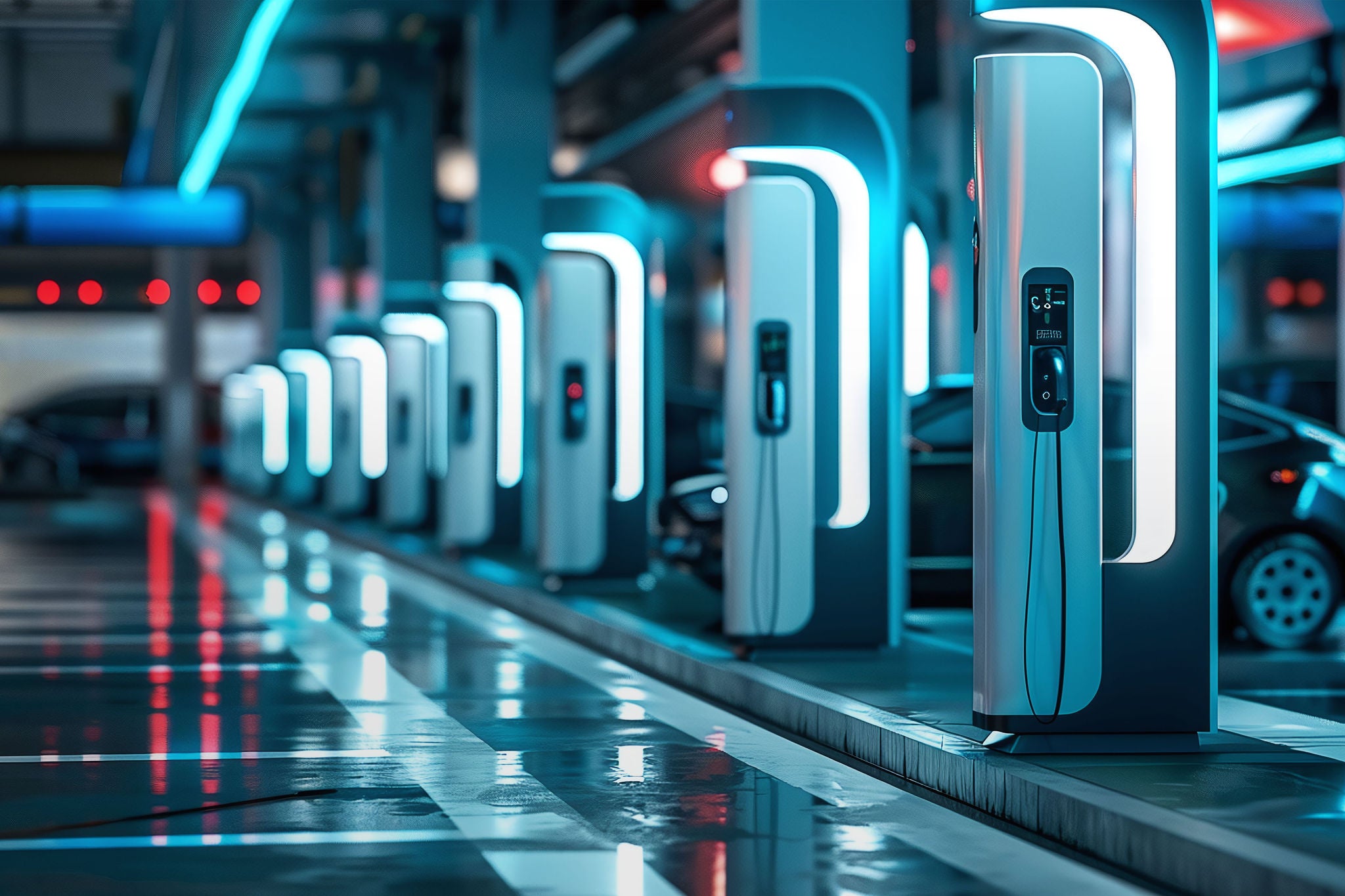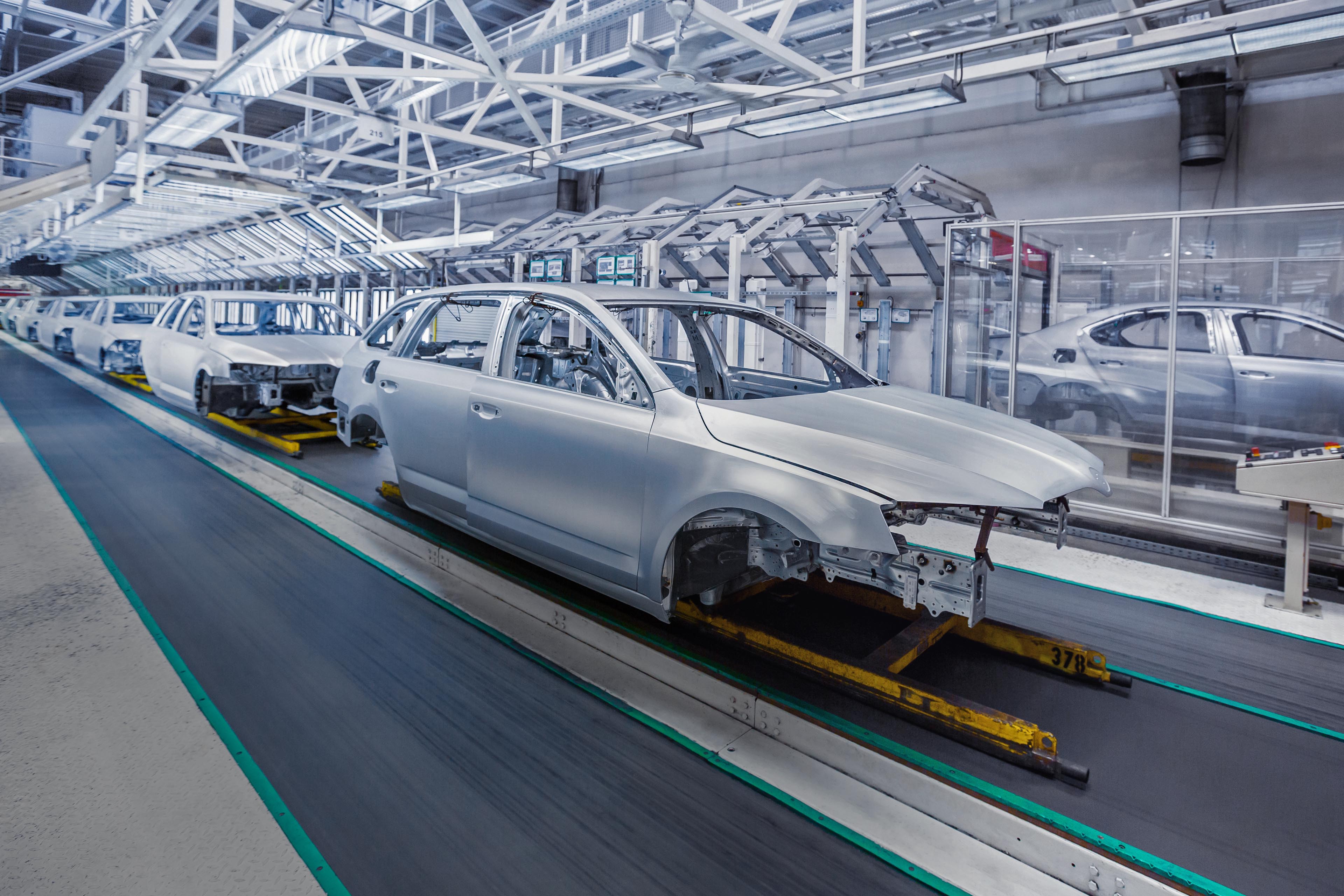EY refers to the global organization, and may refer to one or more, of the member firms of Ernst & Young Global Limited, each of which is a separate legal entity. Ernst & Young Global Limited, a UK company limited by guarantee, does not provide services to clients.
How EY can help
-
Explore the future of mobility with the EY Mobility Lens Suite, a proprietary automotive and transportation research toolset. Learn more.
Read more
The excitement for EVs that initially drove sales in several markets has waned hype turning to a degree of disillusionment as consumers confront practical issues like affordability, inadequate charging infrastructure and questions over battery longevity. And Western manufacturers in particular have been slow to recognize that the next phase of growth will be driven not by early adopters but by mainstream consumers, who in turn will require EVs that prioritize value as well as premium features.
What was previously a relatively well-synchronized global growth story has also become a much more nuanced regional picture. Government incentives that previously spurred EV sales have been reduced — or withdrawn altogether — in some markets, while inconsistent and uncertain policies such as changing internal combustion engine (ICE) phase-out target dates may have deterred buyers who might otherwise have been ready to make the EV switch.
Consequently, overall EV market growth (hybrid, plug-in hybrid (PHEV) and battery electric vehicle (BEV)) slowed from 37% year on year in 2022 to 29.7% in 2023, according to GlobalData. A further decline to approximately 22% is anticipated in 2024, before a modest rebound in 2025 up to approximately 23%. Focus on BEVs alone and the picture is even more striking — sales growth halved from 65% in 2022 to 32% in 2023. The figure for the first half of 2024 stands at 9.6% and growth is expected to recover somewhat to 15% in 2024 and 28% by the end of 2025.
Several factors are driving this consumer hesitancy for BEVs in particular, including a lack of affordable models, range anxiety, charging time, poor availability of charging infrastructure, fear of high maintenance costs and concerns over resale value. Of these factors, the slow rollout of charging infrastructure has emerged as one of the top causes of EV hesitancy among car buyers.
For OEMs, suppliers and dealers alike, this leads inevitably to the big questions of 2024 and beyond:
- Is this EV demand plateau a blip or a systemic slowdown?
- What are the root causes? Are they addressable?
- How can the industry get EV sales back on an upward trajectory?
The 2024 EY Mobility Consumer Index (MCI) survey offers valuable insights into the answers. Now in its fifth year, the MCI survey assesses the attitudes of 19,000 consumers in 28 countries, providing informed perspectives on their buying intentions, key concerns and levels of “EV mindedness,” as well as the evolving global EV landscape.








